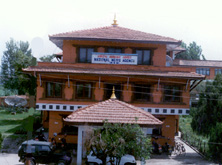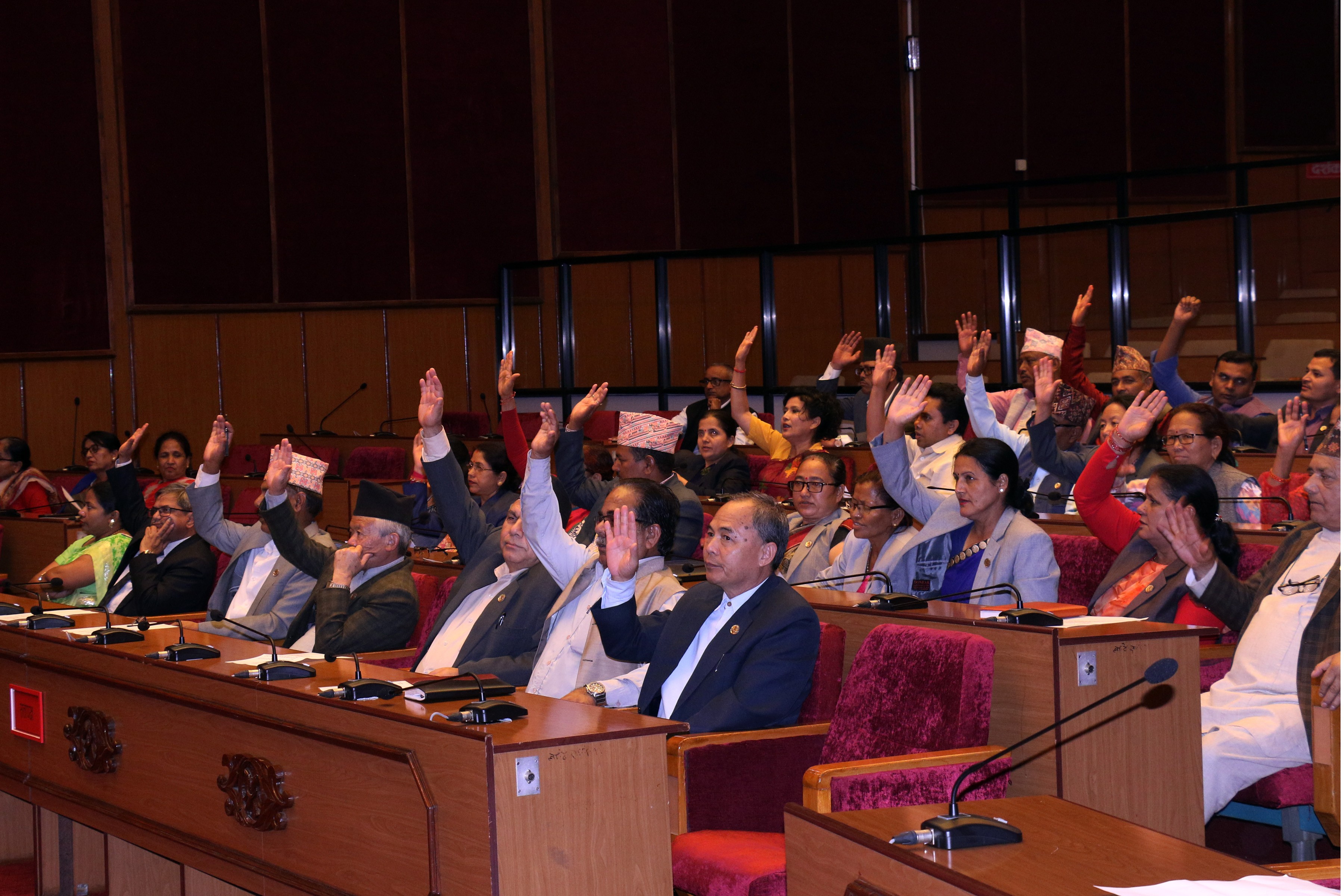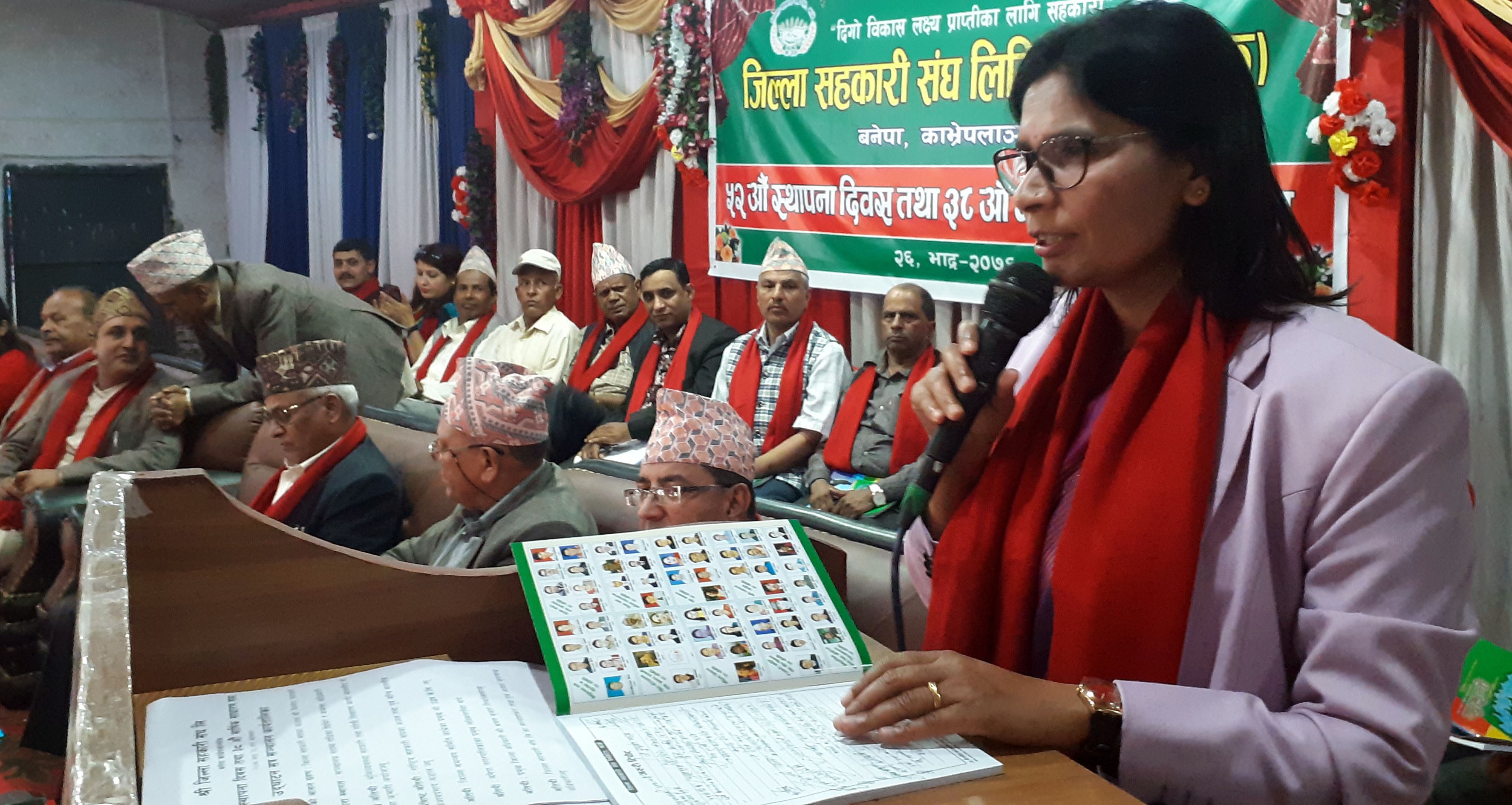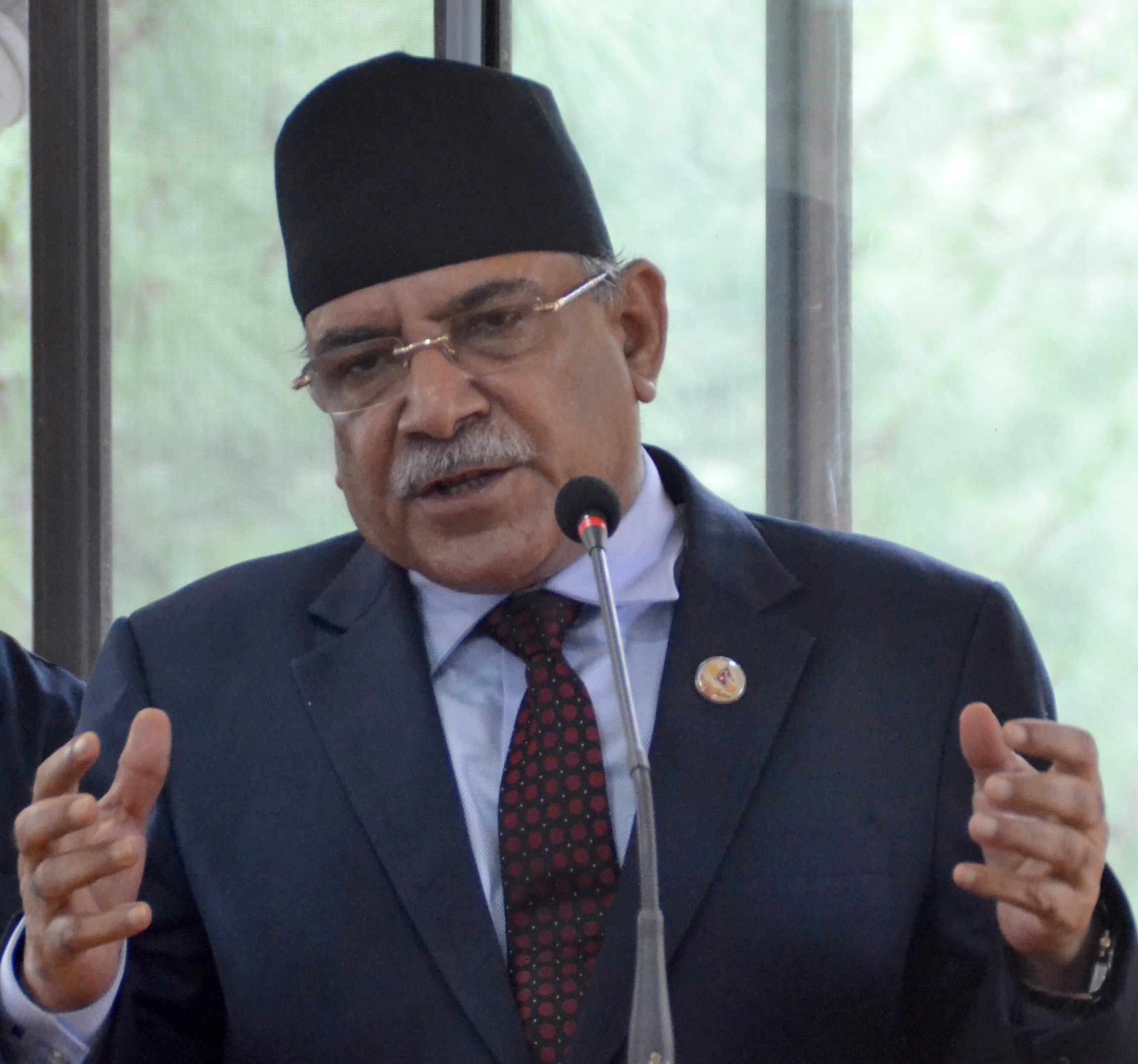World Wildlife Day: Wild buffaloes in country's only wildlife reserve in crisis due to domestic cattle
By Birat Anupam, Itahari, Mar. 3: The world is celebrating the World Wildlife Day today with the slogan of ''Sustaining all life on earth''. Nepal's only wildlife reserve, the Koshi Tappu Wildlife Reserve (KTWR), of eastern tropical plains is having hard time sustaining its indigenous wild water buffaloes.
Since the first ever wild water buffalo census was conducted during its establishment in 1976, they numbered 63. Based on the latest three-yearly census of 2018, total population of this native wild buffaloes of Indian subcontinent stands at 441.
Despite an exciting growth, domesticated animals like cattle and buffaloes are troubling this wild animal identified by its scientific name Bubulus Arnee. ''There are chances of mistaking domesticated buffaloes as wild water buffaloes in our reserve,'' said Subhash Bhujel, a licensed nature guide who works in the reserve. Bhujel added, ''Domesticated buffaloes are mixing up with wild water buffaloes and tourists are unhappy with this.''
Bhujel said some locals are deliberately putting their domesticated buffaloes in the reserve for cross-breeding. ''It is believed that calves of domesticated buffaloes are better when they are born after mating with wild water buffaloes,'' informed Bhujel.
He said the quality and volume of milk is also believed to increase after cross-breeding.
Chief conservation officer of the reserve Ramdev Chaudhary echoes similar sentiments. He said rare wild water buffaloes were facing existential crisis. ''There is imminent challenge of genetic swapping because of increasing mix of domesticated buffaloes with wild water buffaloes in our reserve.'' Chaudhary, with 32 years of experience in wildlife conservation, said wild water buffaloes of KTWR were faced with many problems.
''The grazing space of wild water buffaloes are occupied by domesticated cattle and buffaloes as well as their habitat is diminished putting challenges to further growth of their numbers,'' deplored Chaudhary.
Chief conservation officer Chaudhary said he was facing legal hurdles to permanently remove illegally grazing cattle and buffaloes in the reserve. ''We captured domesticated cattle and buffaloes and put into our cattle panel. However, we can't auction due to legal reasons. Because of this, locals are reluctant to abide by KTWR rules and regulations," stated Chaudhary.
Area expansion, translocation, awareness key to preservation
KTWR is only wildlife reserve in Nepal having strong sanctuary for wild water buffaloes. Categorized by International Union for Conservation of Nature and Natural Resources (IUCN) as endangered species since 1986, wild water buffaloes of KTWR can be sustainably preserved by devising some five practical efforts, said Chaudhary.
First one, according to Chaudhary, is to expand the area of KTWR from its present area of 175 square kilometres to more in its open spaces in northern side for greater dwelling areas. ''KTWR can be upgraded as National Park if we are to expand the area towards suitable areas on the northern side around SrilankaTappu,'' he suggested.
Secondly, translocation is a method of sustaining wild water buffaloes, said Chaudhary. KTWR has translocated a dozen of wild buffaloes in Chitwan National Park in 2017. ''Translocation is necessary for rare species as this will not decrease its number even in case of a calamity in the only sanctuary."
Third effort to preserve KTWR always as sanctuary for growing numbers of wild water buffaloes, Chaudhary said, was to introduce legal provision of auction for illegally found cattle in its vicinities.
Fourth idea is inspiring and empowering locals for stall-feeding of their cattle. ''Stall- feeding can drastically make low or no entry of domesticated cattle and buffaloes in our reserve,'' he suggested.
The most important ways to preserve wild water buffalo is to generate awareness among locals, asserted Chaudhary. ''In this area there is a belief in Yadav community that their wealth and social status is determined by number of cattle and buffaloes,'' said Chaudhary, adding that this practice must be stopped.
The chief conservation officer said instead of counting number, quality must be emphasized through massive awareness campaigns to locals by local, provincial and federal governments. ''We can help them by distributing quality buffaloes with high-end meat and milk value.''
Recent News

Do not make expressions casting dout on election: EC
14 Apr, 2022
CM Bhatta says may New Year 2079 BS inspire positive thinking
14 Apr, 2022
Three new cases, 44 recoveries in 24 hours
14 Apr, 2022
689 climbers of 84 teams so far acquire permits for climbing various peaks this spring season
14 Apr, 2022
How the rising cost of living crisis is impacting Nepal
14 Apr, 2022
US military confirms an interstellar meteor collided with Earth
14 Apr, 2022
Valneva Covid vaccine approved for use in UK
14 Apr, 2022
Chair Prachanda highlights need of unity among Maoist, Communist forces
14 Apr, 2022
Ranbir Kapoor and Alia Bhatt: Bollywood toasts star couple on wedding
14 Apr, 2022
President Bhandari confers decorations (Photo Feature)
14 Apr, 2022











